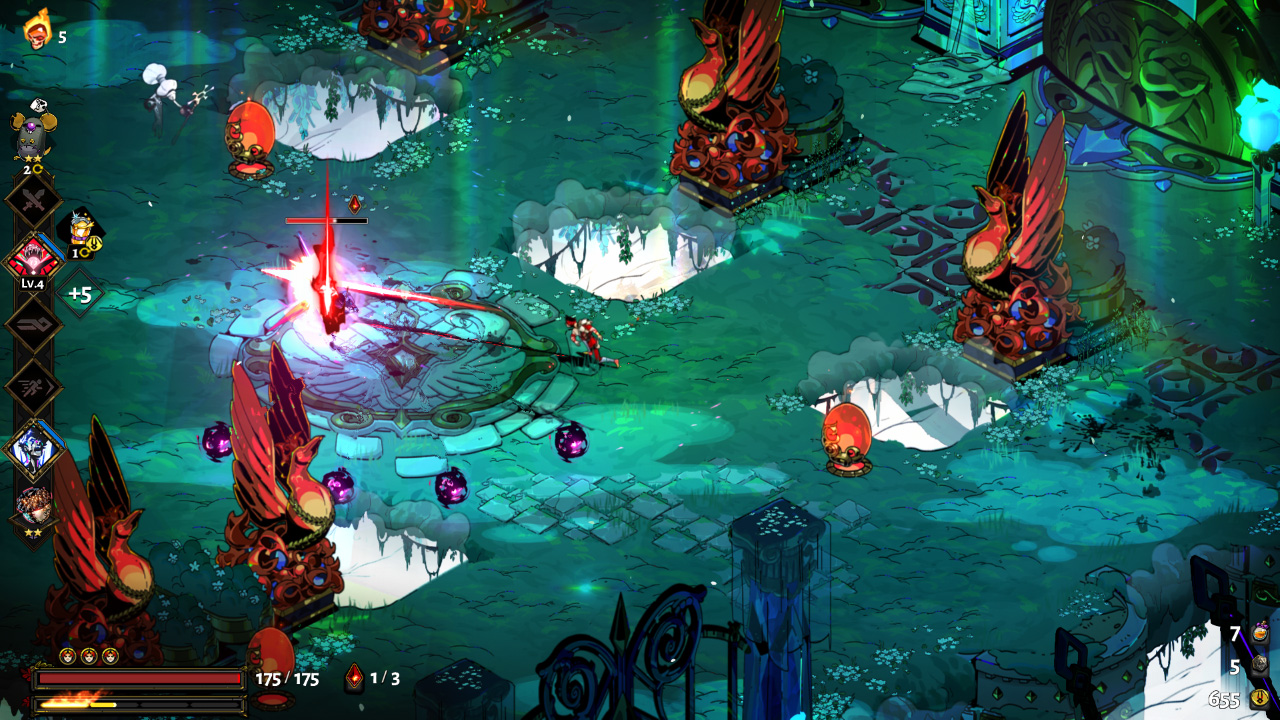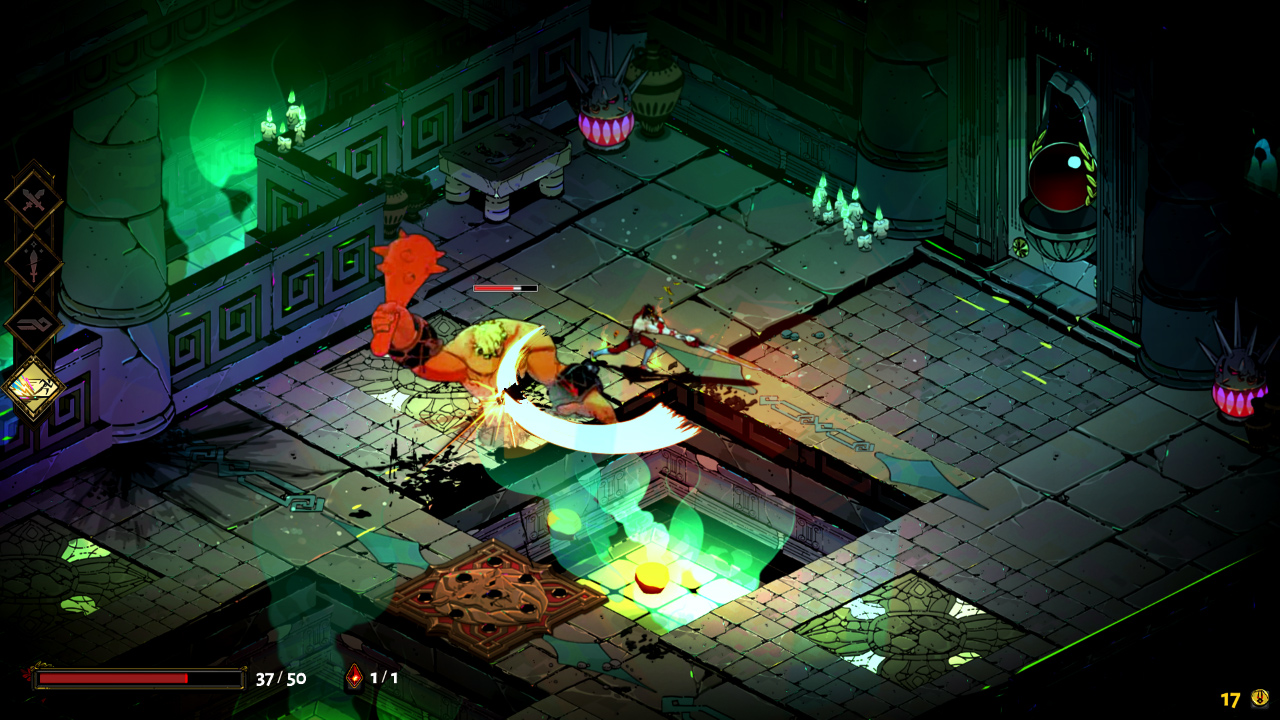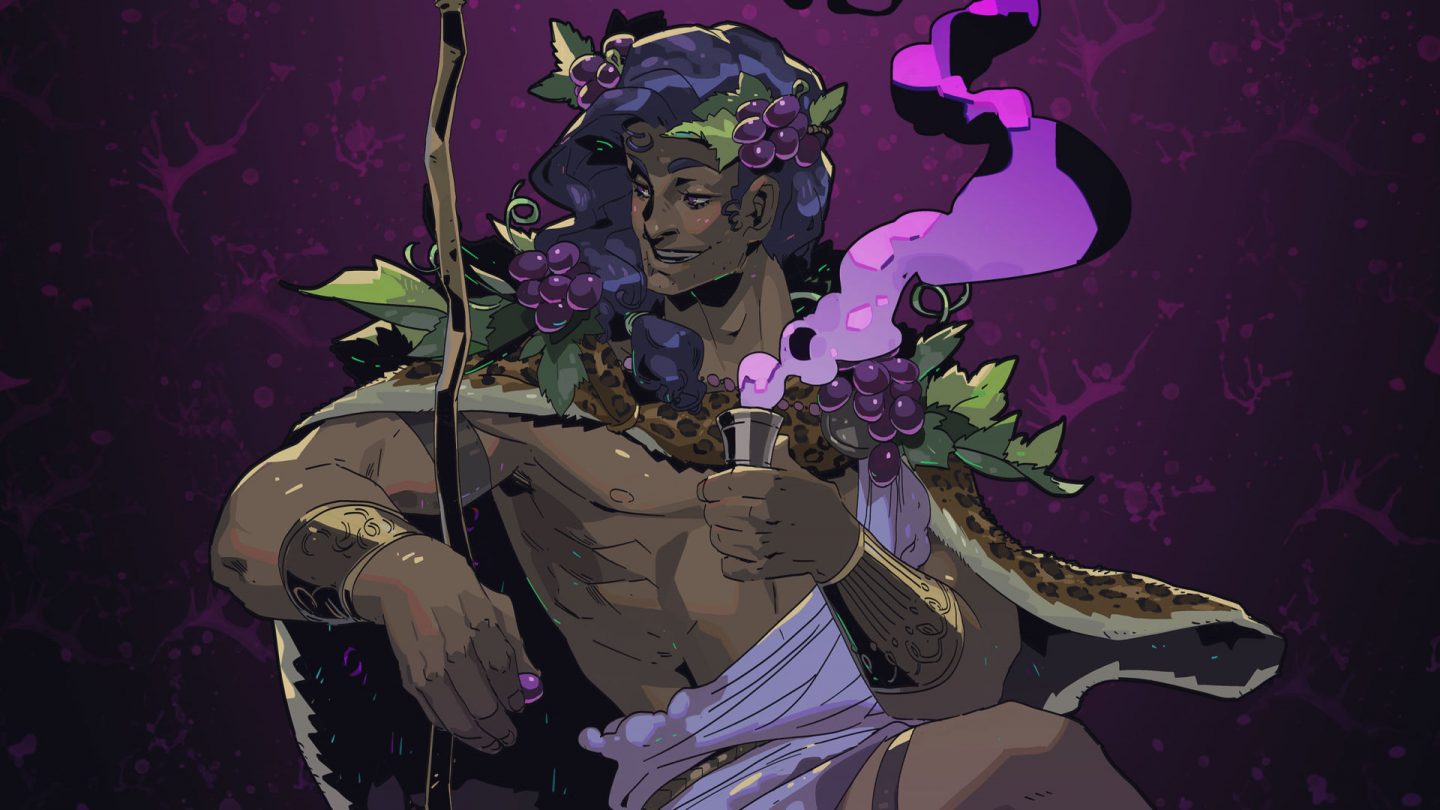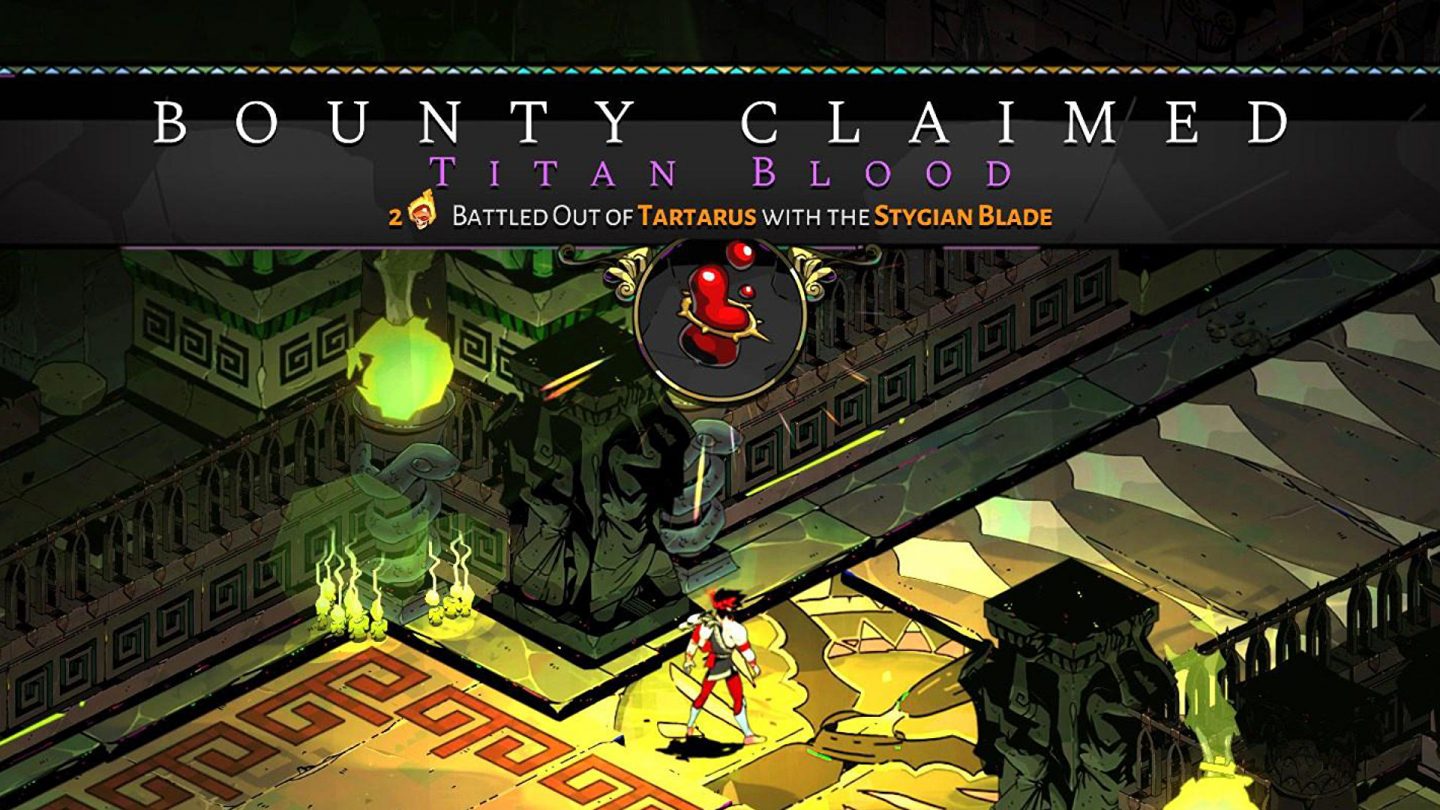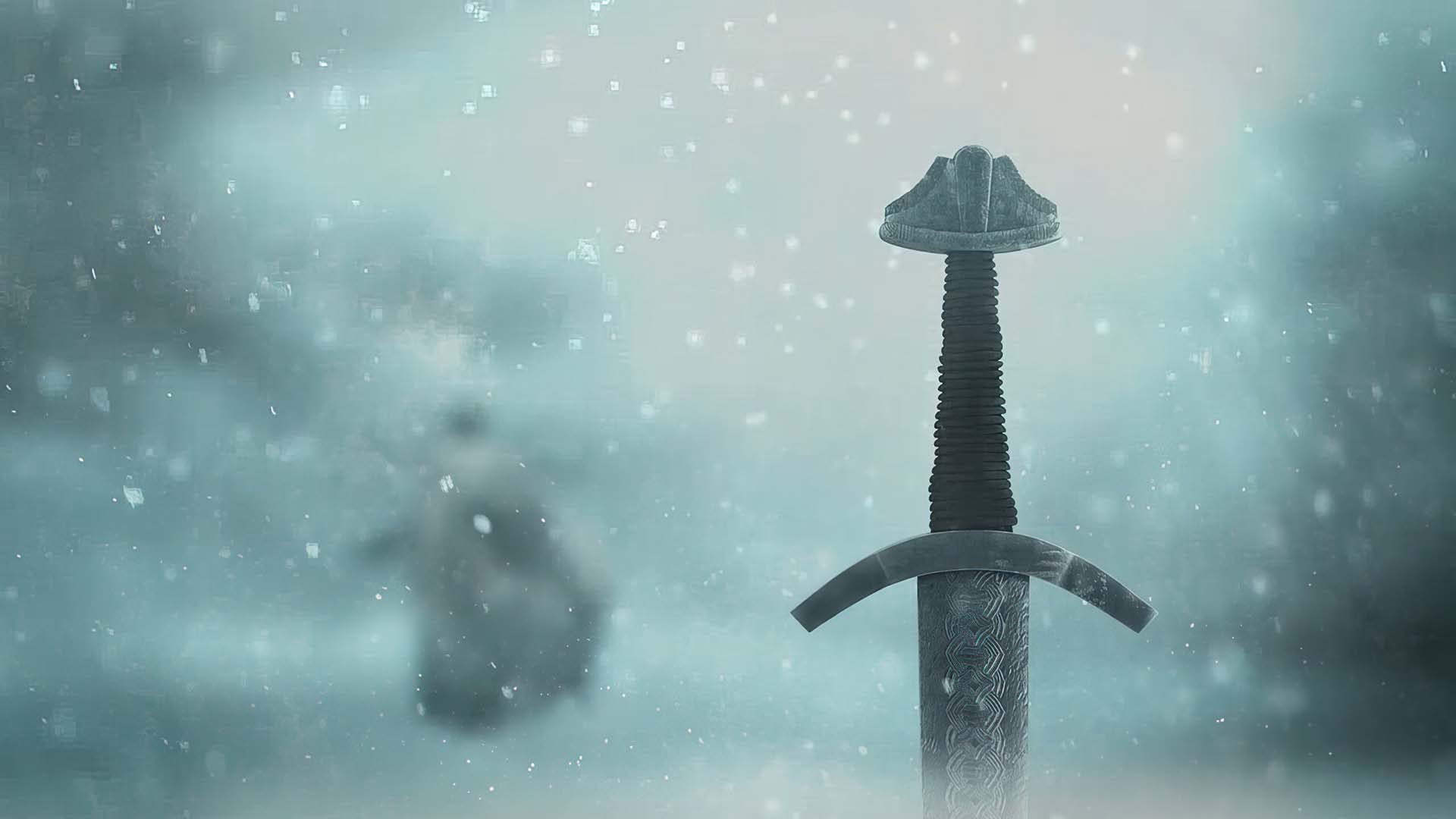August 14, 2021 — Last year’s Windows and Switch releases of Hades were met with critical acclaim, and shortly thereafter, Sony and Microsoft versions were announced. Mark Ottarp has reviewed the new console edition while Kaspar Ravn took the opportunity to ask Supergiant’s Creative Director, Greg Kasavin, about the update’s 4K support and performance.
At the height of last year’s pandemic, Supergiant Games came to the rescue with the release of an irresistible roguelike that would go on to comfort gamers through a tumultuous time by placing them in the underworld of Greek mythology. Unlike the title Hades suggests, players do not actually take on the role of Hades, the Greek god of the underworld, but his lesser-known son Zagreus — whom players are informed must escape Tartaros, a location within the Greek underworld where the game takes place.
Blood Runs Thick In the Underworld
At the start of the game, players are merely informed they must break out of the Underworld, while the deeper story details of Zagreus’ motives for escaping are portioned out as the game progresses. Each part of the plot is exceptionally well-written and serves to reveal the inner character of Zagreus, making it increasingly hard for players not to empathize with the him.
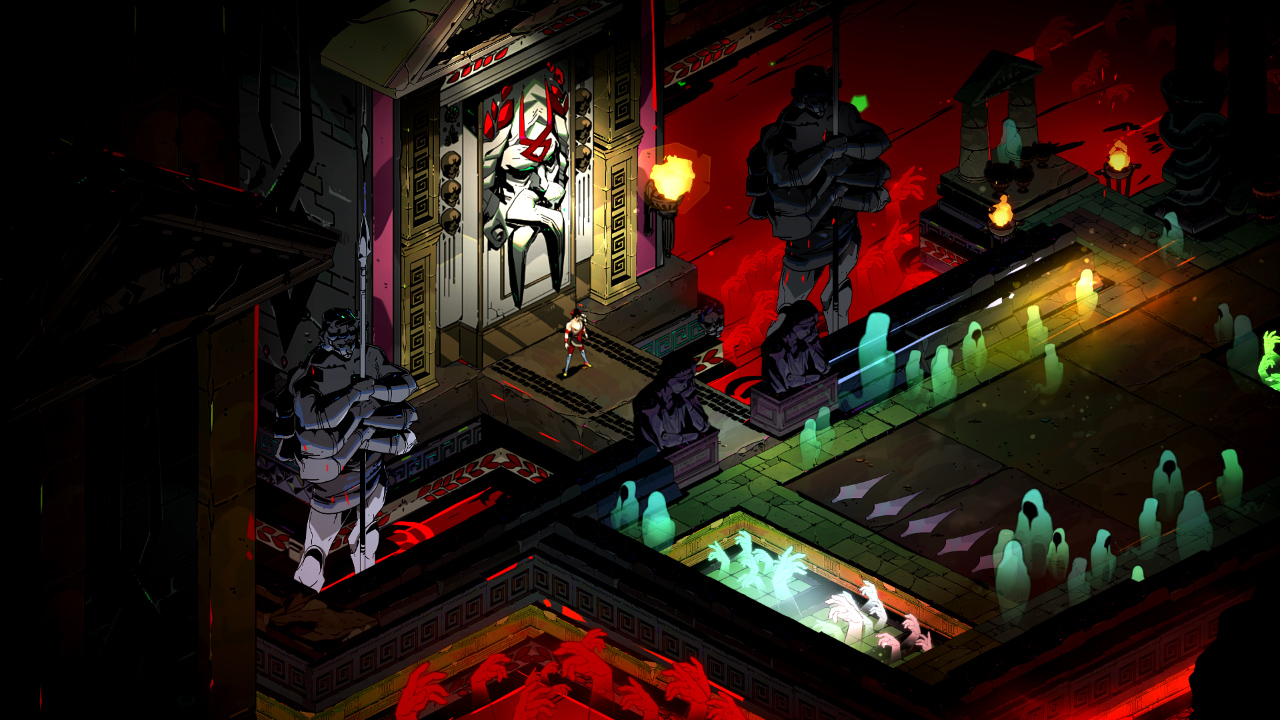
Taking on the role of the somewhat bratty but capable son of Hades, players control Zagreus to fight their way through the layered sections of the Tartaros Underworld to escape Mount Olympus. On the whole, it is an arcade-like, accessible concept that may appear somewhat simplistic on the surface, but rest assured — Supergiant Games has given Hades its own heart. After every death, players are given a taunting glimpse of the complicated relationship between Hades and Zagreus — father and son.
“The exclusive 2D format creates a grounded feel the gameplay and controls benefit from, giving Hades a distinct presence of “fresh yet old-school” magic — a vibe rarely present in modern games.”
But Hades’ procedurally-spun narrative is not only a squabble between father and son. Hearing of Zagreus’ existence, the various Gods and Goddesses of Olympus step in, lending aid and divulging plenty of exposition for the benefit of players. Story tidbits are offered after the player dies and is returned to the game’s hub — the House of Hades. As touched upon above, the gorgeous-looking game is not just about Zagreus trying to escape his father’s domain and Tartaros, beneath it all lies a dramatic story of family — and finding one’s place in the bigger world.
Mixing the Game Mechanics
Blending hack ‘n slash gameplay with the unknown aspects of a randomly generated dungeon crawler where no two run-throughs are the same, Hades brought many new features to the roguelike table when it launched last year — all of which remain in place in the new, high-resolution version. Too much emphasis on “roguelike” can be bad, but in the case of Hades, its mix of mechanics and narrative formula work in tandem for an engaging and unexpected game set in the deepest darkness of Greek myth.
What makes Hades stand far apart from other roguelikes is the layered story which makes each run-through feel more engaging than the last. The game’s novel blend of narrative and gameplay is an unusual ingredient that raises the standards of the genre to new heights, on which Hades stands a top.
Also, the game is created exclusively in 2D, adding a grounded feel to the gameplay and controls, giving Hades a distinct presence of “fresh yet old-school” magic — a vibe rarely present in modern games.
Award-Winning Artistry
While the experience remains largely the same, Hades’ release on the PlayStation 5 and Xbox Series X|S has received a notable boost in visual performance. Running natively at 4K, the 2D, hand-painted, and illustrated world pops in vibrant colors, more so than they did in the previous Windows and Nintendo Switch versions. The PlayStation 4 and Xbox One are also visual delights, just not to the fluid and crisp extent of their current-generation counterparts.

A BAFTA award – including the bronze mask and marble base – weighs 3.7 kg (8.2 lb) and measures 27 cm (11 in) high x 14 cm (5.5 in) wide x 8 cm (3.1 in) deep; the mask itself measures 16 cm (6.3 in) high x 14 cm (5.5 in) wide. They are made of phosphor bronze and cast in a Middlesex foundry.
Having won no less than four impressive BAFTAs, including Artistic Achievement, at the BAFTA Games Awards ceremony back in March, the gorgeous look of Hades’ Greek underworld and its pantheon of gods and characters is worthy of a separate article.
Three Quick Questions: Greg Kasavin
Hades is an important milestone for the current generation, showing that 2D gaming is not about to go away anytime soon. Kurgan Compass’ editor Kaspar Ravn reached out to Hades’ creative director Greg Kasavin (of Supergiant Games) to find out about some of the finer details of the new version. Kasavin kindly provided some insightful answers while also confirming the game’s 2D graphics is indeed rendered in native 4K on new consoles.
Supergiant Games’ Creative Director (and ‘Hades’ writer) Greg Kasavan.
KR: Has Hades’ 2D graphics been re-rendered in higher resolution to make the updated version true 4K, or does it make use of DLSS-like hardware scaling to improve image quality?
GK: Without getting into all the technical details (which I couldn’t even necessarily explain since I’m not an engineer), Hades runs natively in 4K resolution on Xbox Series X|S and PlayStation 5, which should result in noticeably sharper picture quality on compatible displays vs. 1080p on Xbox One or PS4, or 720p on Nintendo Switch. Hades is a 2D game, and most graphical assets in it were created in 4K resolution or higher. These assets are then compressed to help make the game fit into memory and run smoothly for each platform. Asset compression is handled on a case-by-case basis.
KR: Reflecting on the success of the past year that has led up to this new version of Hades, and having in mind 2D games and 4K resolution seem to be in high demand as gamers are embracing handcrafted, animated titles with superb gameplay in a way never before seen, did you expect the new wave of consoles to be useful also for 2D titles?

Greg Kasavan of Supergiant Games.
GK: We’re humbled and amazed by the response that Hades has received from players around the world ever since our v1.0 launch last fall on PC and Nintendo Switch. We’ve since been working to bring the game to PlayStation and Xbox, and look forward to hearing about players’ experiences with these latest versions of the game, whether or not they’ve been to the Underworld before! While the PlayStation 5 and Xbox Series X|S are powerful consoles that can push cutting-edge 3D games, they’re also great for 2D games like ours, which can look nice and crisp in 4K.
KR: Also with regards to 2D, will games with pixeled art styles find it more difficult to find audiences on new, 4K-capable consoles, or will players simply have to accept low-res pixel art that is upscaled a lot more than in the last generation, or will pixel artists have to create source art in higher resolutions to make up for 4K?
GK: I prefer not to speculate on such trends, because it can be difficult to anticipate what players and developers will do. I will say I don’t think 2D pixel-art games are going anywhere! Back when the original PlayStation came out in the ’90s, many players believed the days of 2D pixel-art games were over even then. There’s more than enough room for all sorts of games and visual styles. I think pixel art is like an entire medium, and artfully crafted games done in that medium will always be welcome. Note that while Hades is a 2D game, it’s not a pixel art game, in that the source artwork is hand-painted and illustrated in Photoshop or similar art tools.
Kurgan Compass™ readers might also find it interesting that Supergiant Games relied completely on Photoshop to create all of Hades’ 2D assets, whereas characters and other 3D elements were modeled and animated in Maya, exported to 2D, and then post-processed in AfterFX. To find out more about the 2D art of Hades, MCV UK has an excellent interview with Supergiant Games’ Art Director Jen Zee.
Gameplay: Variety is the Spice of Olympus
Hades’ groundbreaking mix of layered narrative and arcade-style gameplay forms a strong incentive to play through the game multiple times — an experience that feels not only incredibly refreshing but also like a wholly new video game invention (in the context of its genre.) That aside, Hades’ mechanics largely remain true to its roguelike brethren. Players set out across randomized dungeons that represent different levels of the Underworld. Equipped with unlockable weapons, all with unique perks and special attacks, young Zagreus ventures across perilous wastelands full of traps and mythical Greek enemies.
After clearing out a room, players are rewarded before moving on to the next area. Room sections not only provide various useful items but also finance — Charon’s Obol is one of the game’s several currencies that can be earned within the underworld. Players use Obols to purchase items from one of Greek mythology’s most well-known characters, namely Charon — the ferryman who rules over Styx, the river of death. In Charon’s shop or at the Well of Charon, players can spend Obol coins to upgrade Zagreus’ stats (unlike other currencies in the game, players lose their Obol inventory on death.)
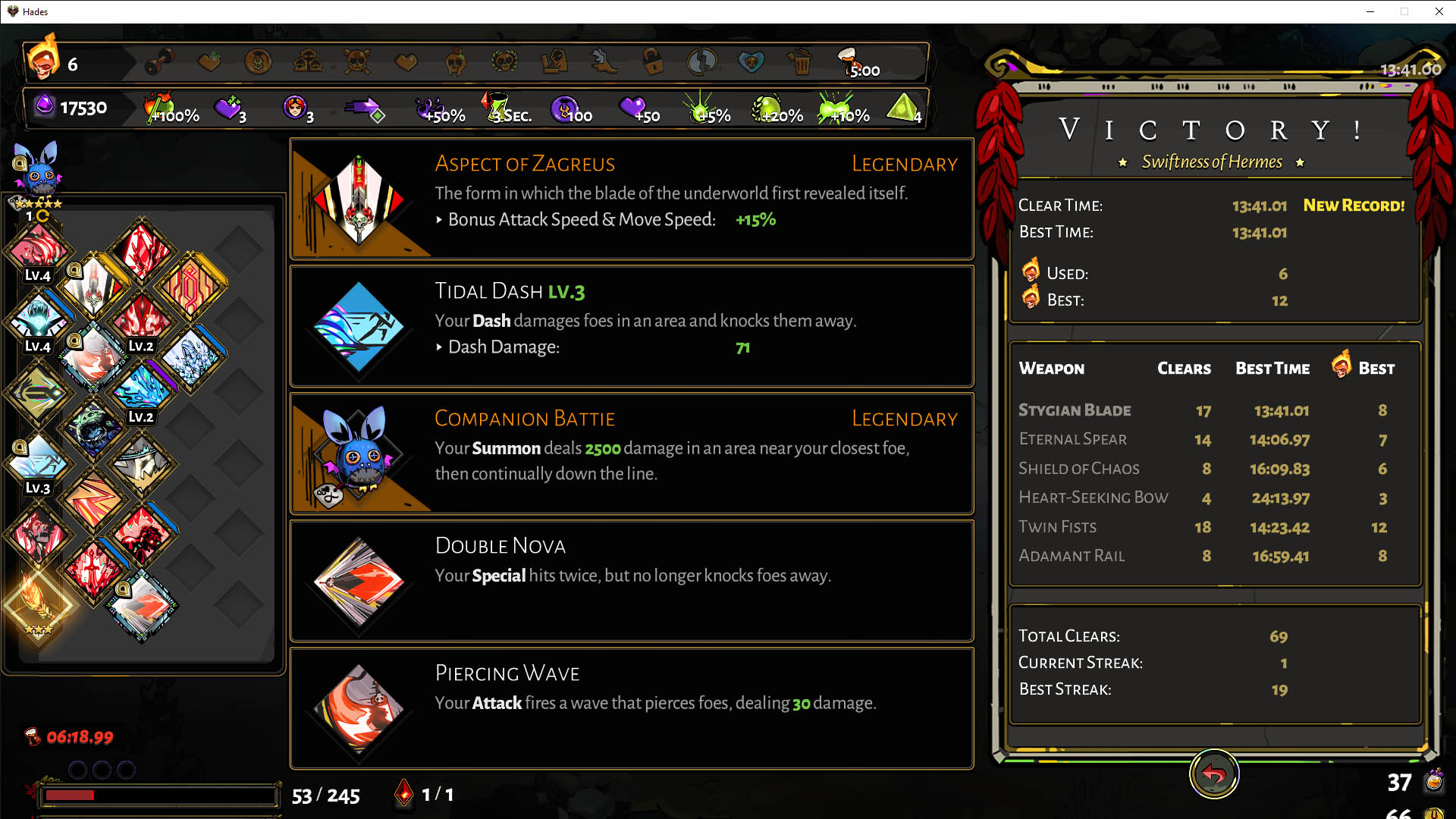
‘Hades’ inventory overview. Coins and items are collected throughout.
Zagreus goes head-to-head with some truly troublesome foes. While a number of minions are a breeze to cut through, others take work and tactics. Aimlessly slamming the “attack” key will get players nowhere in Hades, especially when encountering the bosses guarding the exit of each dungeon. These varied and well-programmed villains are a high point for the game, and finding new ways to defeat them with each run-through does not get old — even after more than 10 hours of play!
“Hades’ groundbreaking mix of layered narrative and arcade-style gameplay forms a strong incentive to play through the game multiple times — an experience that feels not only incredibly refreshing but also like a wholly new invention.”
To some degree, foes look like cannon fodder, but Zagreus cannot take on the hordes all alone. That is where the Olympian Gods and their Boons come into play. The god of war, Ares, may drop in from time to time to boost Zagreus’ Attack Power while Aphrodite — the Greek goddess of love and beauty — weakens enemies. Whether the Boon powers up Zagreus’ standard Attack, adds status effects to his crucial Dash, enhances the weapon’s Special, or assigns the prince with a new magical ability is entirely based on the player’s preference.
Verdict
9
Out of 10
The Good
- An impressive amount of options for upgrading weapons, stats, and abilities. Novel finance system.
- Surprisingly deep and engaging narrative interwoven with gameplay, fittingly using Greek mythology as a basis.
- Fast arcade-like action keeps things moving forward with plenty of enemies and loot — in 60fps 4K graphics.
Additional thoughts
- The area design of the Underworld is a little static.
- New console versions lack cross-save feature
Conclusion: The Judgment of Hades
Hades is a relentlessly entertaining exhibit of roguelike gaming from start to finish. Its difficulty level is balanced enough to be a challenge worth undertaking, though players should expect small bouts of frustration to set in when they feel they have the perfect build, only to lose it to a minor enemy. Few games can survive on repetitious gameplay, but Hades uses it in its favor to allow players to experiment and see just how strong Zargreus can get.
Climbing through the dungeons of the Underworld to escape and reach Mount Olympus requires mixing and matching Boons to create the best version of Zagreus. However, one wrong move and it all goes away. Is it frustrating? Sure, it can be; but Hades’ gameplay is engaging, varied, and chaotic enough to really amp up replayability — to a level point rarely seen in other titles, regardless of genre.
The newly updated Hades can be purchased in both digital and physical formats for PlayStation 4/5, Xbox One & Xbox Series S|X (also on Gamepass), Windows, and Nintendo Switch. The physical edition is published by Private Division and includes a complimentary download code for the Hades Original Soundtrack, featuring two and a half hours of blood-pumping music by Darren Korb, and a 32-page full-color character compendium booklet with artwork from the game by Supergiant Art Director, Jen Zee.





